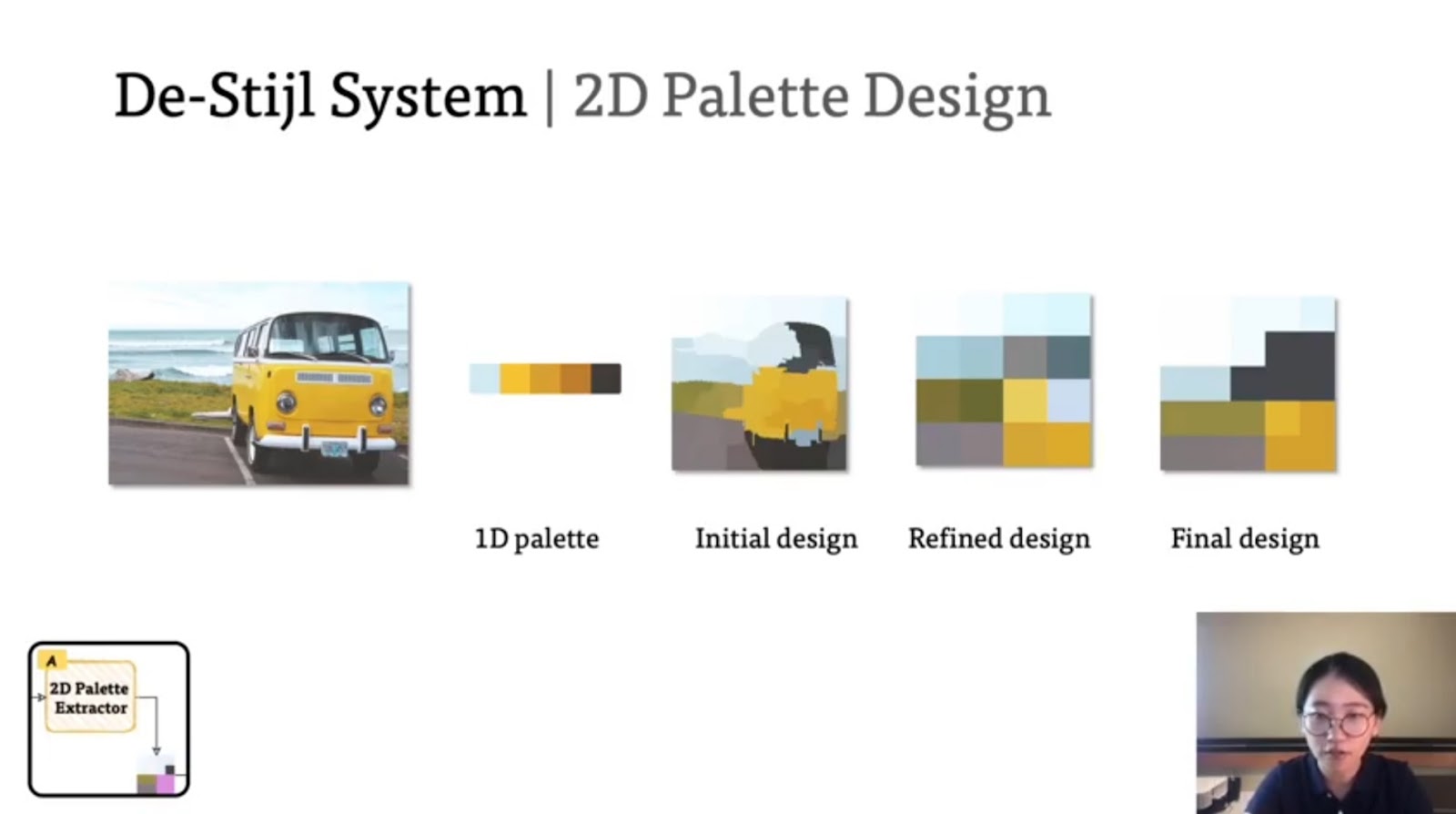A team of researchers and designers from the University of Waterloo have recently unveiled their groundbreaking tool, "De-Stijl" which promises to revolutionize the way color is used in graphic design. The innovative software, described in the research paper titled "Facilitating Graphics Design with Interactive 2D Color Palette Recommendation," was published in the esteemed Proceedings of the 2023 CHI Conference on Human Factors in Computing Systems (CHI '23) in Hamburg, Germany (April 2023)
De-Stijl harnesses the power of cutting-edge machine learning technology to offer intuitive color palette suggestions, specifically tailored for novice designers and inexperienced users. It consolidates and enhances the functionalities of existing graphic design tools providing users with the ability to effortlessly select essential theme colors and visualize their impact on a design in real-time.
Explaining the tool's capabilities, Jian Zhao, an assistant professor of computer science at Waterloo, stated:
"You put your graphical elements into the canvas. De-Stijl separates it into background, image, decoration, and text, and based on these it creates a palette and then can make recommendations based on the design elements of layout, color proximity, and proportion."
One of De-Stijl's most remarkable features is its ingenious 2D color palette, meticulously crafted in collaboration with expert graphic designers. This unique palette not only suggests colors but also demonstrates how they interact in different distributions. Xinyu Shi, the lead author of the research and a Ph.D. student in computer science, elaborated on this aspect, stating:
"Humans perceive colors differently based on their proportion and their placement. With the 2D format, users can better perceive how their current graphic designs look, focusing on the color itself."
The genesis of the Waterloo-led project can be traced back to a longstanding partnership with Adobe, the renowned design powerhouse.
Adobe recognized that many individuals tasked with creating branding and marketing materials lacked advanced graphic design knowledge and the means to employ professional designers. They, therefore, enlisted the help of the Waterloo team to develop AI-powered solutions tailored to the needs of these novice designers.
The De-Stijl team collaborated with a diverse group of design experts and everyday users to build and extensively test the software. During the testing phase, participants were asked to customize marketing materials using both De-Stijl and its competitors, which served as the baseline for comparison.
According to Jian Zhao:
"No one tool can do the work that De-Stijl can do. So we compared it to a suite of tools as a baseline."
However, it is important to note that the creators of De-Stijl are clear in their intentions: the tool is not designed to replace expert graphic designers or human creativity. Instead, they aim to streamline the graphic design process and remove the burden of tedious guesswork for designers.
As Xinyu Shi aptly put it, "Our aim is to facilitate, not replace." De-Stijl represents a promising step towards empowering designers, especially those with limited experience, to unleash their creativity and produce visually captivating designs effortlessly.



Comments
Post a Comment